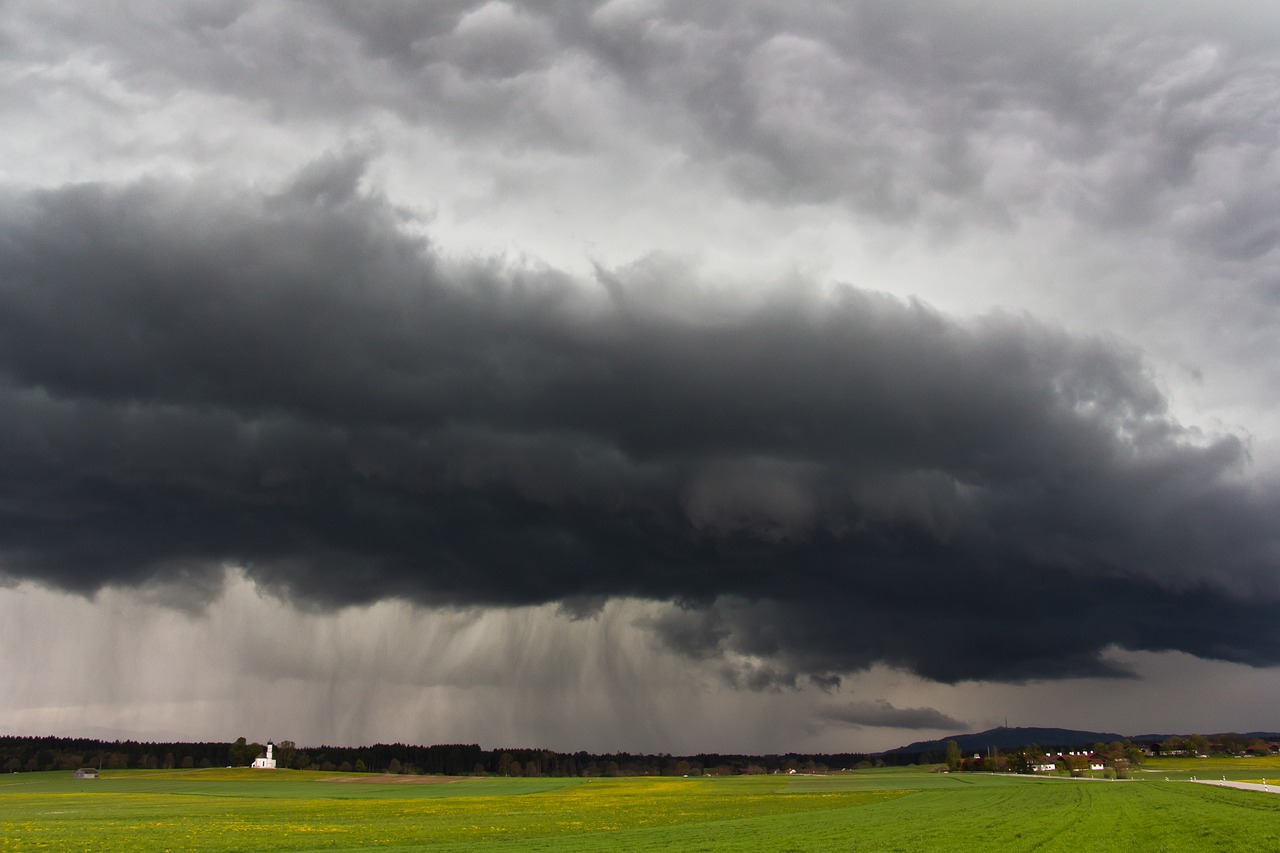El Niño Southern Oscillation is a major driver of quasi-periodic natural climate variability on the interannual time scale, which can have far-reaching effects across the world (1) (2). El Niño affects sea surface temperatures along the equatorial region of the Pacific Basin resulting in serious environmental impacts in tropical and extra-tropical regions, with increased temperatures and extreme precipitation leading to floods. It has been linked to natural disasters.
El Niño climate phenomenon occurs at intervals of 2 to 7 years and lasts 9 to 12 months (2). Between 1964 and 2017, around 7,850 millions of people were affected by natural disasters across the planet. The median yearly rate of people affected was 19.20 per 1.000 people, and more than 95% of them were impacted by floods, droughts or storms (1).
2016 was the warmest year on record due to two adverse circumstances, that is, an exceptionally strong El Niño and climate change. On the other hand, June 2023 has been the warmest month recorded. Part of this global warming occurs as a consequence of the increasing concentrations of greenhouse gases from human activities (3). Since May 2023, monthly average sea surface temperature in the central-eastern equatorial Pacific has increased from about 0.5 °C to around 1.5 °C above average in September 2023 (4). According to the World Meteorological Organization (WMO), there is a 90% likelihood that El Niño event will persist at least until April 2024, which means land and sea surface temperatures will rise (3).
This type of natural disasters bear important negative consequences for many regions of the world, such as undernutrition, injuries, mental health effects, and compromised healthcare supplies and hygiene conditions (1). Public health is having to respond to El Niño-related diseases, which include vector-borne diseases (dengue, malaria, leishmaniasis and bartonellosis); zoonotic diseases (hantavirus, leptospirosis and plague); water-borne or food-borne diseases (cholera, typhoid fever and shigellosis); infections of the nervous system (meningococcal meningitis); skin and mucosal diseases (viral warts, rosacea and conjunctivitis); respiratory diseases (acute respiratory infection and influenza); and mental health disorders and issues (anxiety, depression, posttraumatic stress, suicide) (5).
International organisations play a significant role in providing the population worldwide with information on natural phenomena, information based on global-scale expert assessments of the ongoing and upcoming seasonal climate and potential impacts on surface temperatures and precipitation patterns (6). WMO, in collaboration with other world climate monitoring centres, has created the “Early warning systems” initiative to ensure that everyone on earth is protected from climate disasters, and to avoid deaths (7).
References
- Lam HCY, Haines A, McGregor G, Chan EYY, Hajat S. Time-Series Study of Associations between Rates of People Affected by Disasters and the El Niño Southern Oscillation (ENSO) Cycle. Int J Environ Res Public Health. September 2019;16(17):3146.
- Kovats RS. El Niño and human health. Bull World Health Organ. 2000;78(9):1127-35.
- Las previsiones apuntan al mantenimiento de El Niño al menos hasta abril de 2024 [Internet]. 2023 [cited 10 November 2023]. Available at: https://public.wmo.int/es/media/comunicados-de-prensa/las-previsiones-apuntan-al-mantenimiento-de-el-ni%C3%B1o-al-menos-hasta-abril
- Se espera que El Niño dure al menos hasta abril de 2024 | Noticias ONU [Internet]. 2023 [cited 10 November 2023]. Available at: https://news.un.org/es/story/2023/11/1525507
- Hijar G, Bonilla C, Munayco CV, Gutierrez EL, Ramos W. [El niño phenomenon and natural disasters: public health interventions for disaster preparedness and response]. Rev Peru Med Exp Salud Publica. June 2016;33(2):300-10.
- Global Seasonal Climate Update [Internet]. 2019 [cited 11 November 2023]. Available at: https://public.wmo.int/en/our-mandate/climate/global-seasonal-climate-update
- La iniciativa Alertas Tempranas para Todos se amplía a fin de materializarla sobre el terreno [Internet]. 2023 [cited 11 November 2023]. Available at: https://public.wmo.int/es/media/comunicados-de-prensa/la-iniciativa-alertas-tempranas-para-todos-se-ampl%C3%ADa-fin-de

Mónica Miriam García Cuéllar
Master’s Degree in Public Health and Health Promotion
OSMAN Scientific Editor



